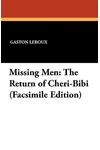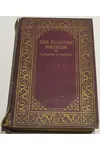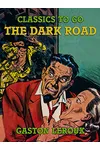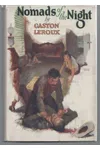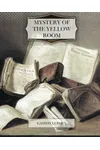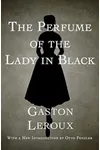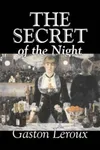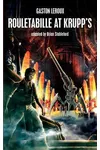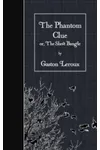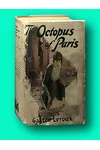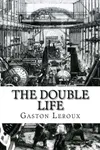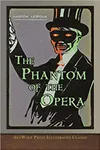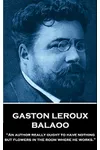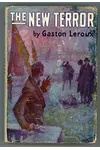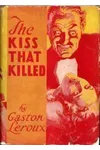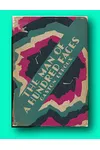Picture a French storyteller who spun tales of mystery and romance that still haunt our imaginations—meet Gaston Leroux! Best known for his gothic masterpiece, The Phantom of the Opera, Leroux blended suspense, the supernatural, and a touch of Parisian flair to create stories that linger like a melody in a darkened theater. His work, often set in shadowy corners of the human psyche, has captivated readers and inspired adaptations for over a century.
Born in 1868, Leroux was a man of many talents—journalist, lawyer, and novelist—whose knack for storytelling made him a literary star. Let’s dive into the life and legacy of this enigmatic author whose pen crafted some of the most thrilling tales of the early 20th century.
The Making of Gaston Leroux
Gaston Leroux was born on May 6, 1868, in Paris, France, into a well-off family. His early life was marked by a love for adventure and literature, though he initially pursued law, earning a degree at 21. After inheriting a small fortune, he lived extravagantly, but soon turned to journalism, covering crime and theater for Parisian newspapers. These experiences—blending gritty reporting with a flair for the dramatic—shaped his vivid, suspenseful writing style.
Leroux’s time as a war correspondent and investigative journalist, including covering the Russian Revolution of 1905, honed his ability to weave real-world intrigue into fiction. By his 30s, he transitioned to novels, channeling his knack for uncovering secrets into stories that kept readers on edge.
Gaston Leroux’s Unforgettable Stories
Leroux’s most famous work, The Phantom of the Opera (1910), is a gothic romance that follows the mysterious Erik, a disfigured genius haunting the Paris Opera House. With its blend of love, obsession, and supernatural chills, the novel’s atmospheric setting and emotional depth have made it a cultural touchstone, spawning films, musicals, and stage adaptations.
Leroux also pioneered the 'locked room mystery' genre with The Mystery of the Yellow Room (1907), a gripping whodunit featuring the amateur sleuth Joseph Rouletabille. The novel’s ingenious plot, where a crime occurs in a seemingly impossible setting, earned praise for its cleverness and set a standard for detective fiction. Other notable works include The Perfume of the Lady in Black (1908), a Rouletabille sequel, and The Man with the Black Feather (1912), a thrilling blend of crime and the occult.
His style—vivid, theatrical, and rich with psychological tension—drew readers into worlds where the line between reality and the supernatural blurred. Leroux’s journalistic roots gave his stories a grounded feel, while his love for drama added a larger-than-life quality, making his novels both accessible and unforgettable.
Why Gaston Leroux Matters
Gaston Leroux’s influence extends far beyond his own era. The Phantom of the Opera remains a cornerstone of gothic literature, its themes of unrequited love and hidden identity resonating across generations. The novel’s countless adaptations, from Lon Chaney’s 1925 silent film to Andrew Lloyd Webber’s blockbuster musical, prove its timeless appeal. Leroux’s locked room mysteries also paved the way for later detective writers, like Agatha Christie, who built on his innovative plotting.
Today, Leroux’s ability to craft stories that are both thrilling and emotionally rich keeps his work alive. His exploration of human complexity—whether through a masked phantom or a cunning sleuth—continues to inspire storytellers and enchant readers worldwide.
- Born: May 6, 1868, in Paris, France
- Key Works: The Phantom of the Opera, The Mystery of the Yellow Room, The Perfume of the Lady in Black
- Notable: Pioneered the locked room mystery genre
- Died: April 15, 1927
Ready to step into Leroux’s shadowy world? Grab The Phantom of the Opera or The Mystery of the Yellow Room and lose yourself in his thrilling blend of mystery and romance!
